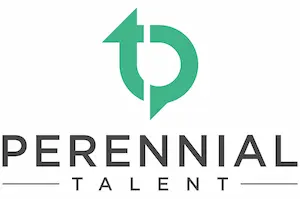How to Use Competencies as a Learning and Development Tool
As the world of work continues to evolve, providing employees with the learning opportunities and helping them to develop the skills they need to succeed has become even more important. A key anchor for any learning and development program is competencies. Competencies define those essential behaviours people need to succeed.
Why are Competencies Important?
Defining the competencies needed for success is a critical first step for any learning and development programs because it:
- Helps people to assess how well their own skills or competencies fit with their current role.
- Encourages people to identify what behaviours they are doing well or strengths they would like to build on.
- Encourages people to identify areas of development or behaviours they may need to work on.
- Allows people to set specific learning goals tied to something tangible and measurable (competencies) and track their progress.
- Helps people to identify learning activities tied to specific competencies.
- Allows people to share more specific performance and development feedback with one another.
- Promotes a culture of learning.
- Allows organizations to use learning resources more efficiently and effectively as they have a better sense of which competencies are strengths and which competencies people may need more help with.
How to Use Competencies in Leaning and Development
There are a few things you can do to start using competencies as the guidepost for your learning and development program.
Step 1: Define the Key Competencies
It is important to first spend the time defining the critical 6-8 competencies needed for successful performance across the different roles. As mentioned above, competencies become the standard or common language for describing what successful performance looks like.
Step 2: Identify Learning Tools
One way to include competencies in the learning and development process is to translate the behavioural examples into assessment tools to help employees to identify areas in need of development and areas of strength.
In addition, learning resources (e.g., eLearning courses, stretch assignments, etc.) can be mapped to all competencies to make it easier for employees and their managers to identify the most relevant learning resources. For example, if an employee does an assessment and identifies that their communication skills are an area in need of development, they should have easy access to a variety of learning resources that can help them to upskill in this area. The initial catalogue of learning may grow over time as employees and their managers begin to identify activities and provide additional ideas for how best to develop a particular skill or competency.
Step 3: Make Sure Employees Know How to Use the Competencies and Tools
Like any other program or initiative, it is important to make sure that employees and managers understand the need for change, the benefits, and how to use the tools to navigate their learning and development process. For example, you may need to provide resources or quick tips on how to assess oneself against the competencies or how to set personal learning and development goals tied to the competencies.


